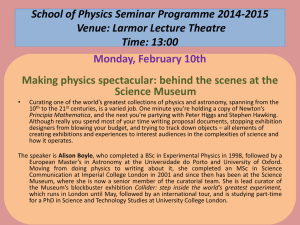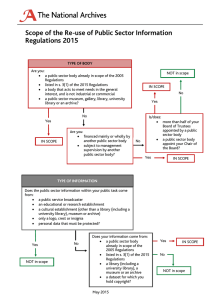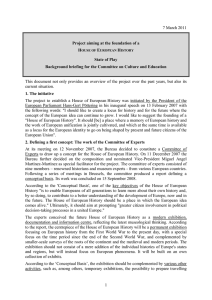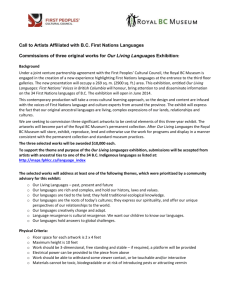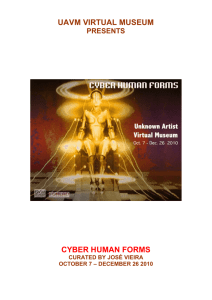Looking Deeper - Western Australian Museum
advertisement
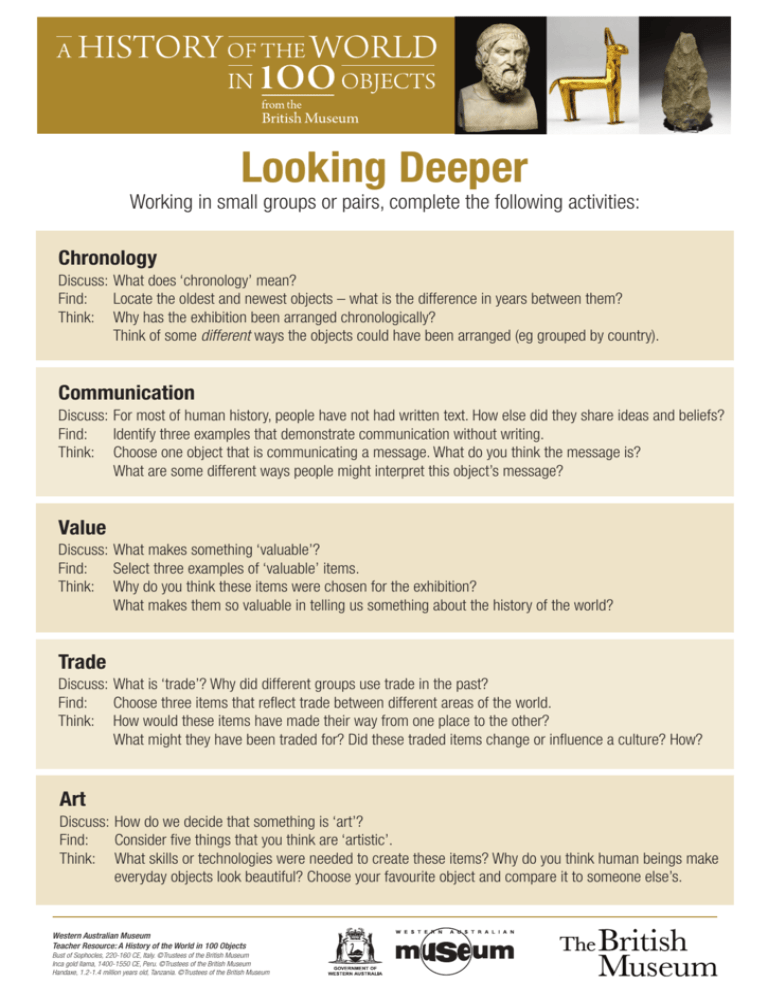
Looking Deeper Working in small groups or pairs, complete the following activities: Chronology Discuss: What does ‘chronology’ mean? Find: Locate the oldest and newest objects – what is the difference in years between them? Think: Why has the exhibition been arranged chronologically? Think of some different ways the objects could have been arranged (eg grouped by country). Communication Discuss: For most of human history, people have not had written text. How else did they share ideas and beliefs? Find: Identify three examples that demonstrate communication without writing. Think: Choose one object that is communicating a message. What do you think the message is? What are some different ways people might interpret this object’s message? Value Discuss: What makes something ‘valuable’? Find: Select three examples of ‘valuable’ items. Think: Why do you think these items were chosen for the exhibition? What makes them so valuable in telling us something about the history of the world? Trade Discuss: What is ‘trade’? Why did different groups use trade in the past? Find: Choose three items that reflect trade between different areas of the world. Think: How would these items have made their way from one place to the other? What might they have been traded for? Did these traded items change or influence a culture? How? Art Discuss: How do we decide that something is ‘art’? Find: Consider five things that you think are ‘artistic’. Think: What skills or technologies were needed to create these items? Why do you think human beings make everyday objects look beautiful? Choose your favourite object and compare it to someone else’s. Western Australian Museum Teacher Resource: A History of the World in 100 Objects Bust of Sophocles, 220-160 CE, Italy. ©Trustees of the British Museum Inca gold llama, 1400-1550 CE, Peru. ©Trustees of the British Museum Handaxe, 1.2-1.4 million years old, Tanzania. ©Trustees of the British Museum
